Artificial Intelligence has long been a staple of science fiction movies, books, and TV shows. But what we thought was a single-faceted concept has grown and spawned several different types of machine learning, algorithms, and creation tools.
There is a lot to understand about what AI design is and how it’s being used presently if we’re going to have a good idea of what’s to come. Moreover, because the technology is still so new and growing, numerous kinks need to be addressed and updated, not just when it comes to delivering good results but also regarding ethics and legality.
As a brand or business, it may be challenging to imagine how a tool like AI design could pose any issues like that. However, AI design can affect artists significantly.
With everything in life, there are pros and cons to using AI design and its tools. Today, we’ll cover what it is, how it affects businesses and creatives, and what you can likely expect from it in the future.
Let’s dive in.
What Is AI Design Or Generative Creation?
Generative creation or AI design employs machine learning software and a workflow to generate content, graphics, or copy. The program takes your input as a prompt, words describing your concept or idea, and then uses it to generate an outcome by putting it into an algorithm. The algorithm creates an asset using what it’s learned to pull pieces from external sources and join them together.

While using a designer may sound similar (you tell them what you need, and with their skills, they create something for you in one to two days), it’s very different. The technology is “creating” on its own and does it in just a few minutes, maybe less. Now, the creation that takes place is also different as well. Instead of a human hearing or reading your request and then taking the time to draw or design something from scratch, the AI is taking pieces of existing art, jumbling them up to fit the parameters you set, and displaying a somewhat mathematical result.
There often isn’t the opportunity to provide feedback and refine the design either, though some programs are adding this feature.
These tools are frequently used to create illustrated looks for a person via an app’s AI filter, draw characters or picture concepts, or see images in different styles.
One of the most popular tools is MidJourney, which uses Discord to take prompts and turn them into pictures.
What Does AI Design Look Like?
It looks similar to art, but many software options out there currently still need some help. With a basic AI tool, you can type in princess with a dragon and get something close to what you imagine. However, the technology is still growing, and some issues may be with proportions, distortion, or placement.
Should AI Design Be Used In Corporate Or Commercial Spaces?
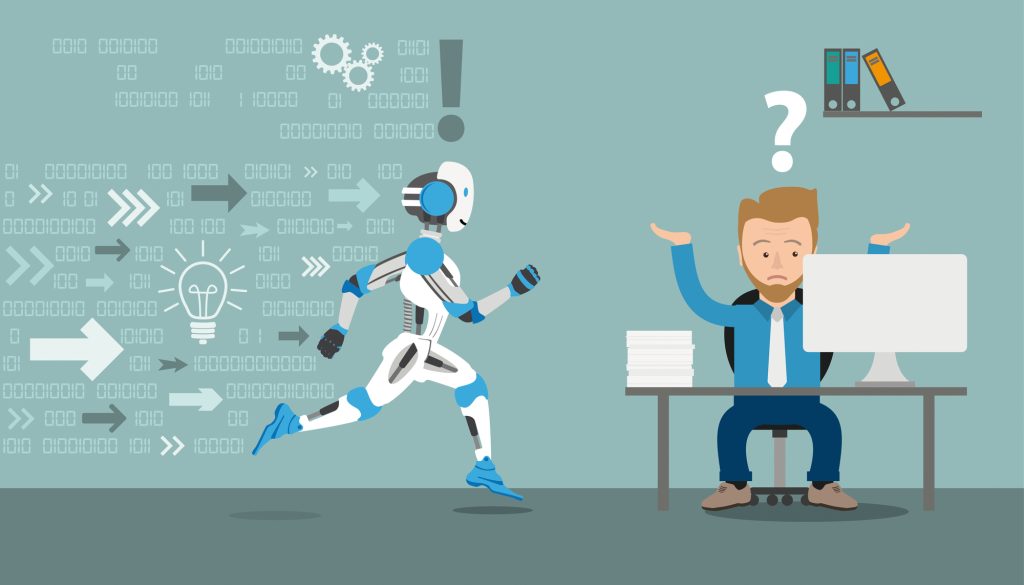
This is a tricky road to navigate. While using an AI tool could certainly hasten your timeline and get you satisfactory results, the question of where those results are truly coming from and their quality still hangs heavy overhead.
Here is a scenario to consider.
Suppose you’re working with a company like Flocksy and request a design using our intuitive brief. In the best-case scenario, we’ll get your designs back to you within 24 hours, and you’ll be thrilled with the results- no revisions needed. When you work with Flocksy, this does happen quite a bit.
But what if you do have revisions? That’s also very normal. The artist will take your feedback, update the design, and give you the final result you want. That process takes a bit longer than the design with no revisions.
Now, say you or the artist used an AI tool to create a quick concept reference for your design. The project would start with an example that is ready to be expounded on. Whether the AI concept is way off or close to the mark, it could inform the artist and cut back on revisions in the long run.
However, it’s important to note that the AI design can’t be used as-is or as the base layer of your design if you want something truly original. Remember, these tools pull from existing designs, meaning part of this creation already exists on the internet. You don’t want your outcome to look like a tweaked version of someone else’s work.
Are There Drawbacks To AI Design?
There are a number of drawbacks and ethical considerations to make when it comes to AI design.
At the start is the communication barrier. Because the technology is new, it’s very possible that the AI might not understand you on the first try. You’ll have to re-generate several times to get what you want.
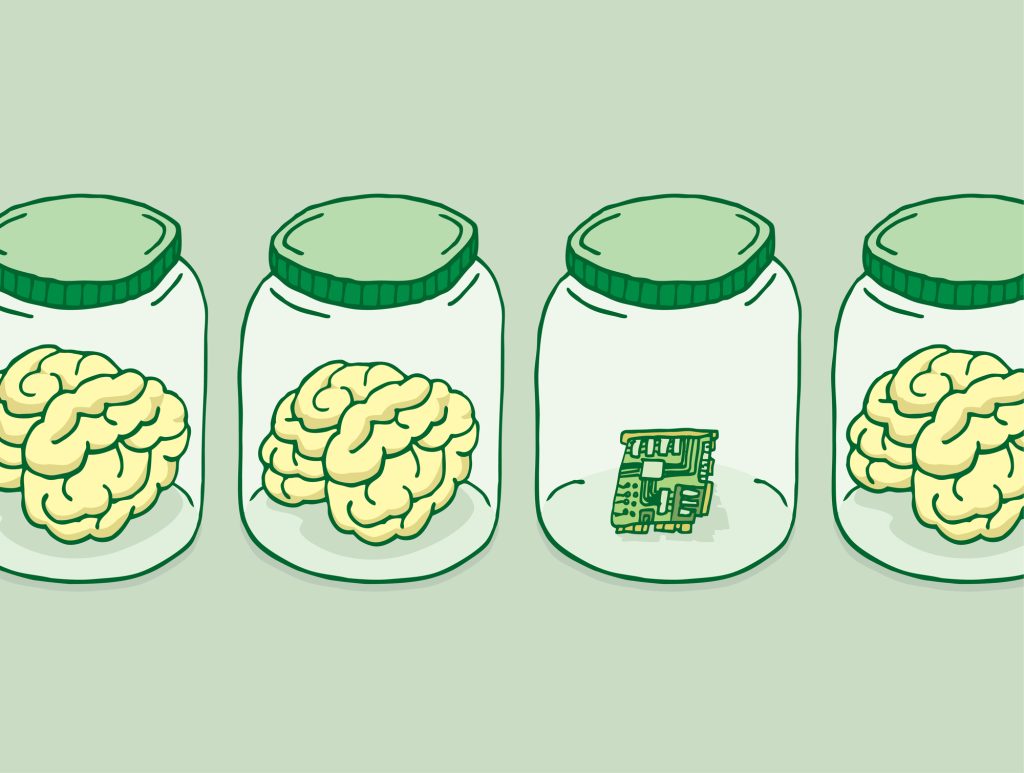
If you eventually get what you’re looking for, it might not be so bad to repeat the process for a few minutes, but if the AI never truly understands what you want, you’ll have to go back to work with an artist anyway.
Another crucial consideration is ethics. Yes, all creative work is influenced by something. However, that’s different from taking something from another source and claiming you made it.
To better understand this, allow us to provide an example. Say you want to design a character- for a book, a comic, a website, etc. You do some searching on the internet and find one you love. It’s perfect. They just need red hair and to be holding an umbrella. So, you copy that image, whether printing it out, downloading, or snipping it.
Then, you trace over that image, change the coloring either digitally or by hand, and add an umbrella. Once you’re finished, you take that design and put it on your merchandising and promotional materials. Well, we’ve got a problem, right?
You didn’t create that design. You traced it and updated a few things.
At present, that is essentially what AI tools are doing. They’re taking art that someone made, digitally manipulating it, potentially combining it with art from the same or a different artist, and calling it new. It’s not.
Lastly, many are thinking of these generated designs as stock photos. That doesn’t quite line up because the artist of the images on the web hasn’t necessarily consented to or is being paid to provide stock assets. When a photographer or artist submits their creatives to a stock website, they’ve consented to let their work be used as such and are being compensated for it.
A picture pulled from an artist’s website where they sell their prints isn’t stock, and with AI tools, we can’t presently tell where it’s pulling its resources from.
Will AI Design Affect Creative Jobs?

Many clients may come to artists with more AI concepts as a rough start, which could be helpful. We could also see people using these AI tools to create the design entirely and using it out in the world. Hopefully, people still know that they can get better, more ethical results by working with a human.
Correctly combining colors, logos, and brand guidelines so that they are consistent across your brand is still a human job. The AI tool doesn’t possess the same knowledge of your brand, likes, or dislikes that an artist who’s been working with you for a while will have. They also aren’t as accurate as a result. While design and art are subjective, marketers’ creative needs are unique and specific, and AI design alone can’t hold up to those standards in most cases.
What Are The Legal Implications & Risks Of AI Design?
If you’ve used these AI apps or tools, particularly one where you input an image, you’ve likely accepted the terms and conditions associated with that app. What that fine print often says is that you’ll be relinquishing the rights to the assets to the parent company in perpetuity.

That’s a significant concern.
Licensing and commercial use are significant issues with AI design used as-is. There is a risk that using this content as your own may or may not be legally protected. After all, it’s very possible that someone could enter a similar prompt and get a similar result. The AI isn’t concerned with making something entirely unique each time it spits out an image or, at least presently, where it’s getting its sources. We’ll likely see a lot of these lawsuits begin to be successful.
What is Flocksy Doing?
We understand that tools like AI “art bots” can provide a rough idea of what you need, and using them to create a first draft may even speed things up a bit. However, we also know that a human has to step in to do the actual designing or drawing.
At Flocksy, we hire real people to sit down and design or draw your assets. You won’t find an AI bot delivering material harvested from the internet that may or may not be correct. Our skilled design experts do the work, craft unique content that matches your idea, and isn’t copied from someone else.
We won’t use AI, and we assure you that the assets you get from our creatives will have an exceptionally high quality and accuracy rate.
You can see examples of our top-notch designs and illustrations in our portfolio here.
A Conclusion About AI Design

When used properly, this technology could be complementary and not competitive to designers. Employing them to mock up designs that you’ll later create from scratch can eliminate some back and forth over revisions, and saving time is great.
What will be essential to keep a lookout for in the future is the continuing growth of these tools and the sourcing they do for their results. If there’s a way that the bots can pull from only approved artwork that the original artist can consent to, similar to a stock photo service, then these tools could be handy.
It’s unlikely that these types of services would exist without a fee, but paying to use an AI generator is already starting to happen, even for entirely personal use. It’s also unlikely that a human won’t be necessary anymore, and for all your design needs, you have Flocksy at your back.


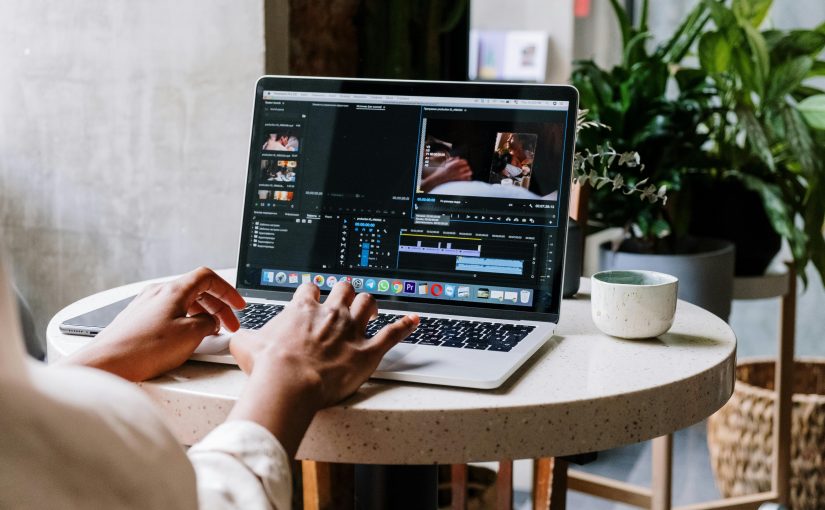






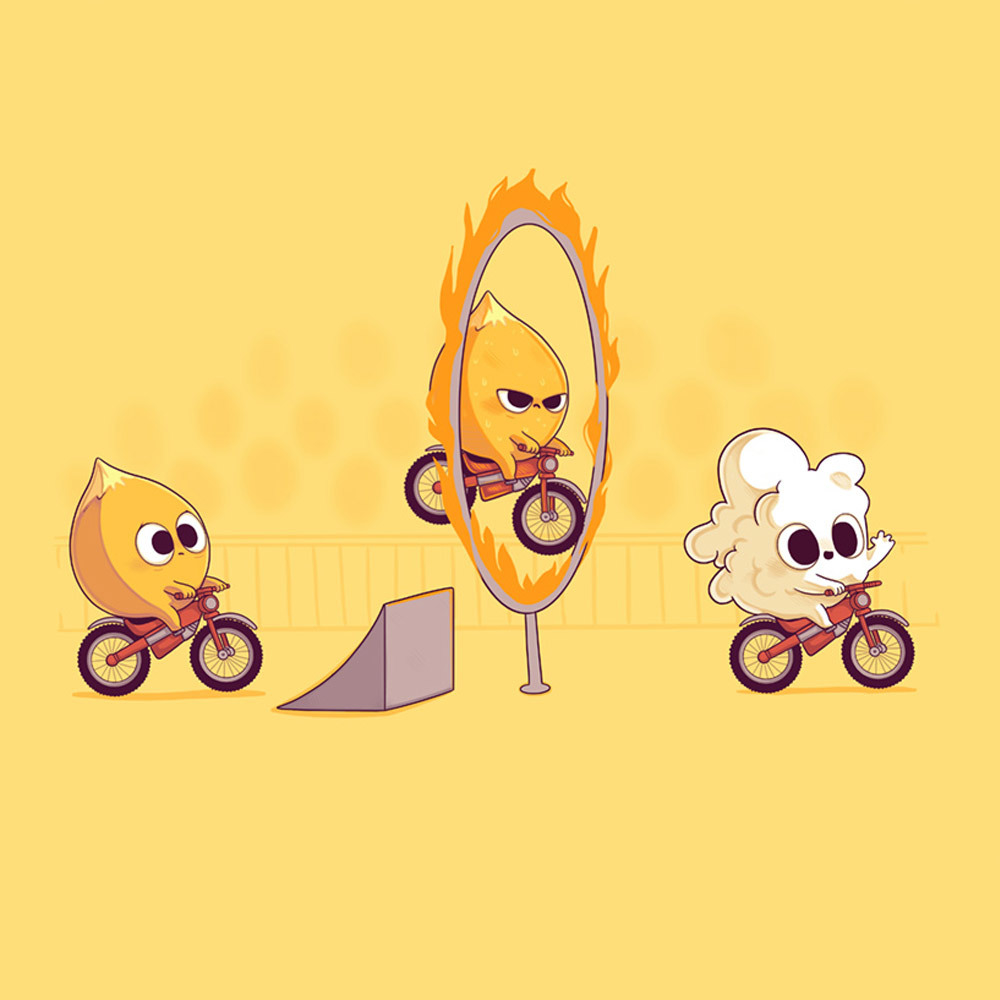





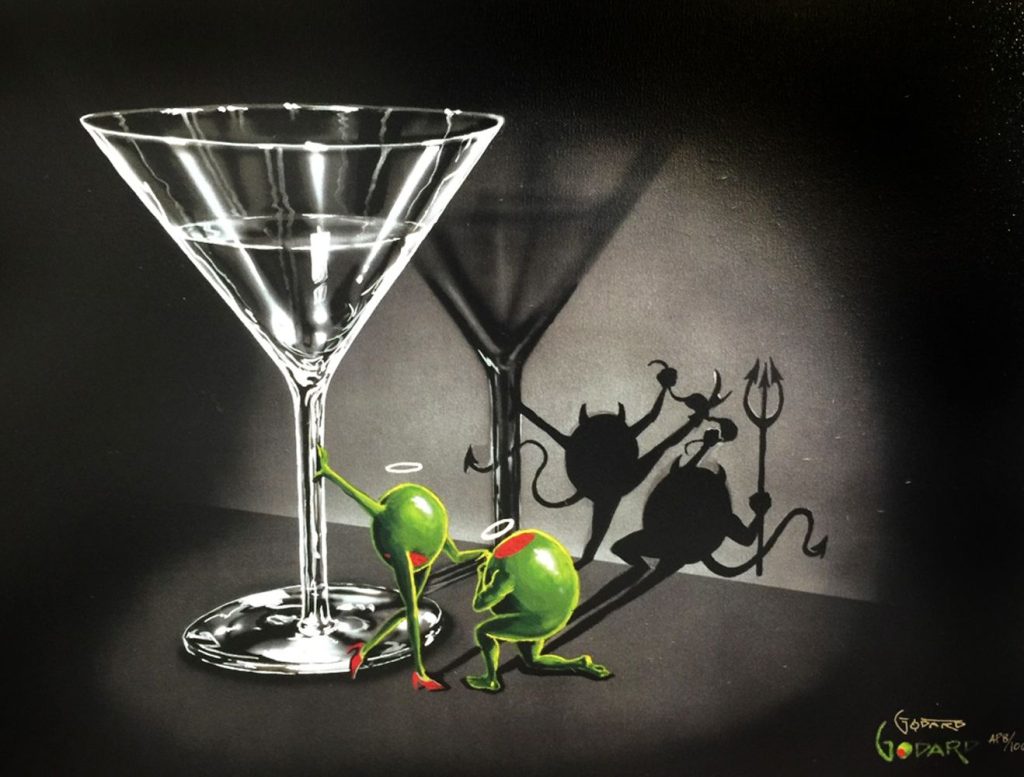

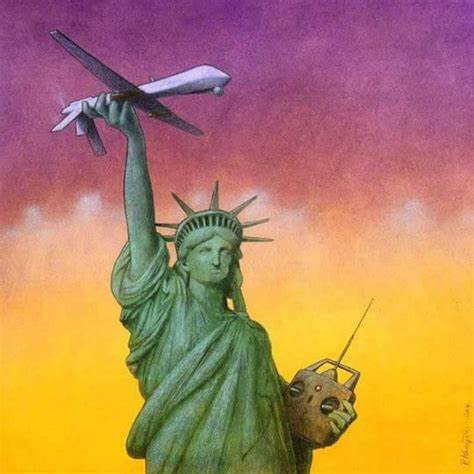




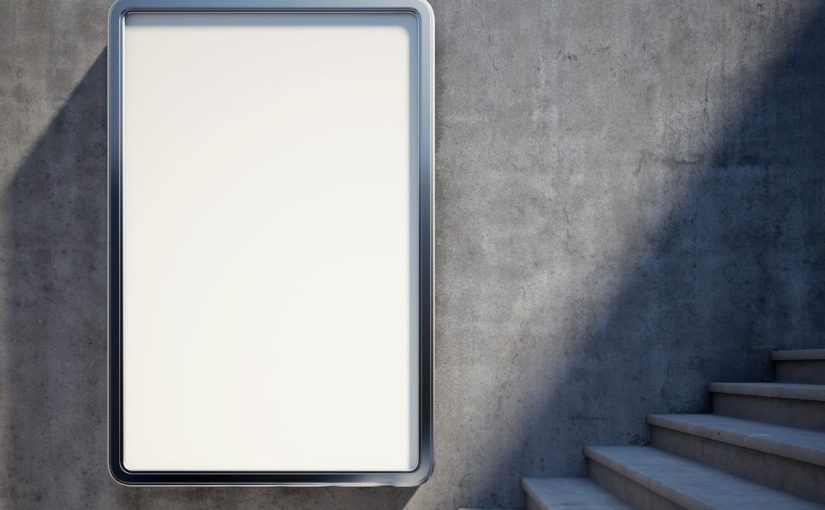
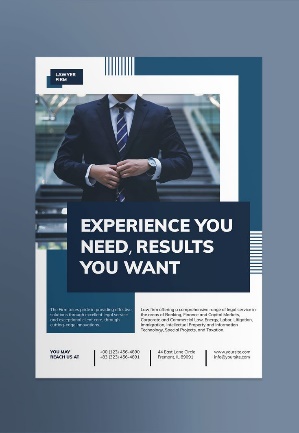


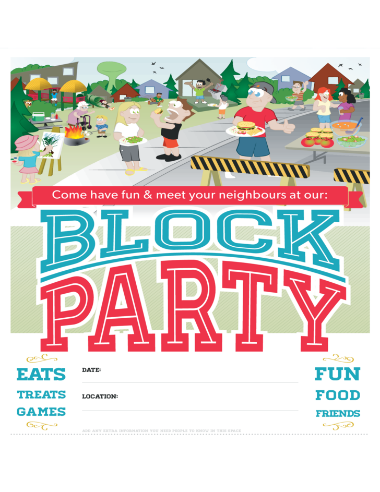



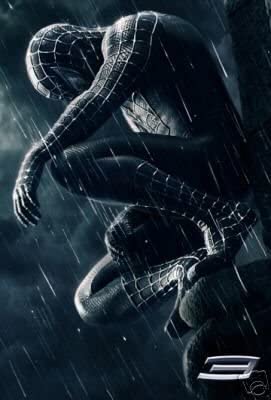
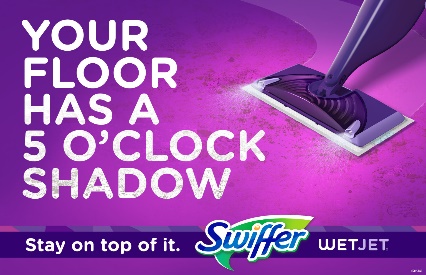
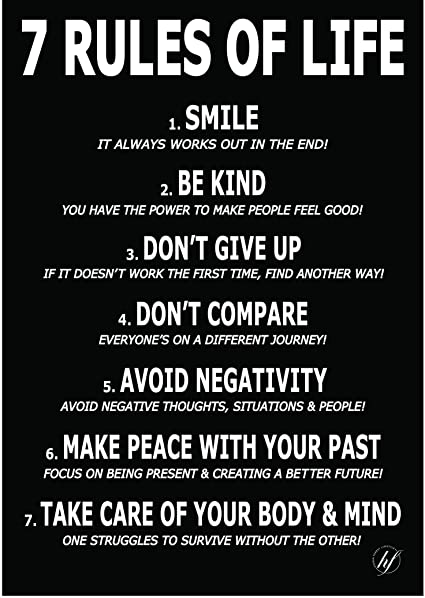

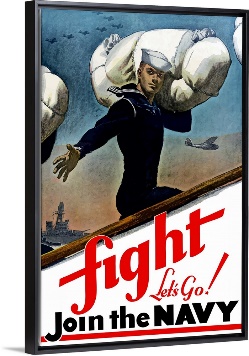
















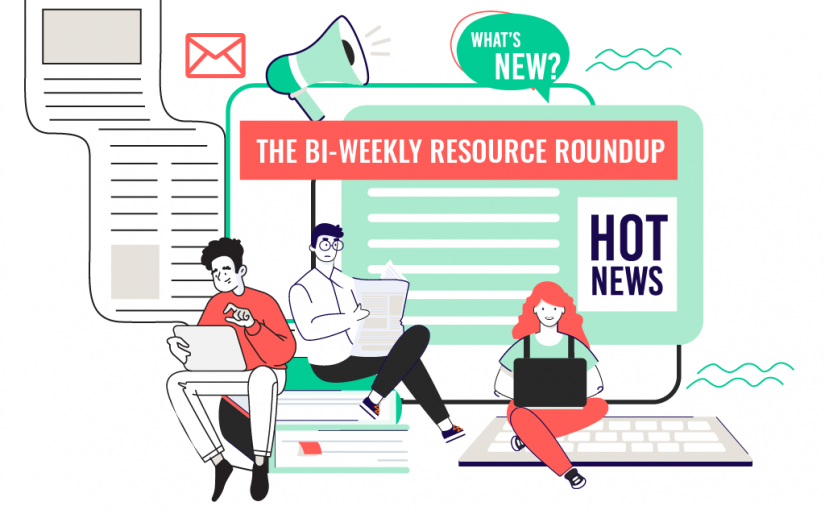

 And more…
And more… 



















